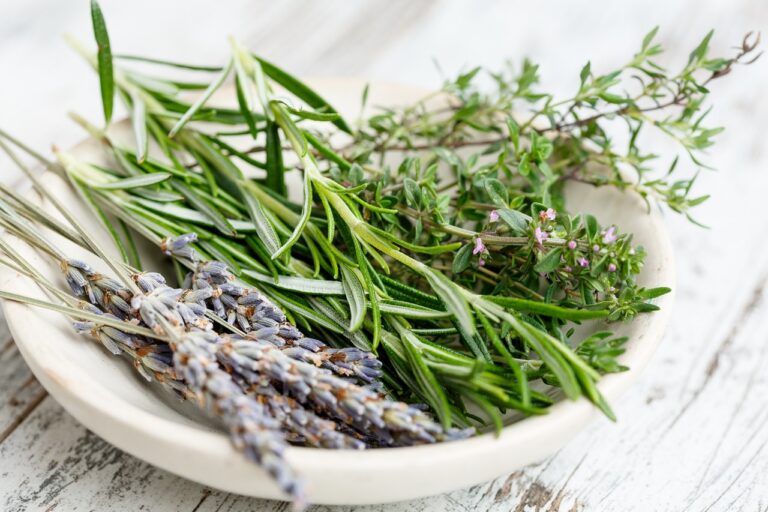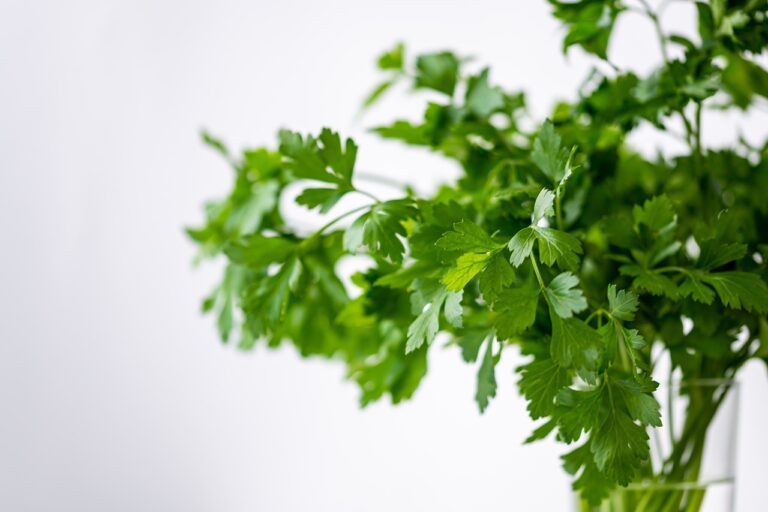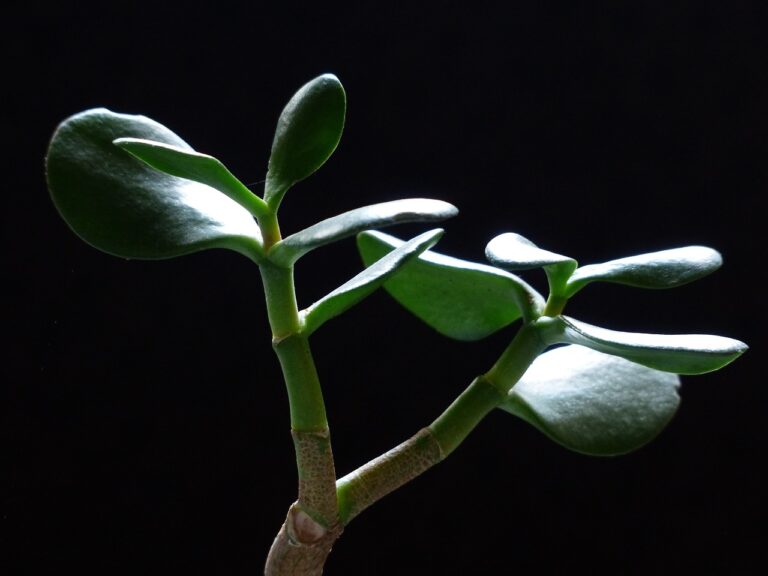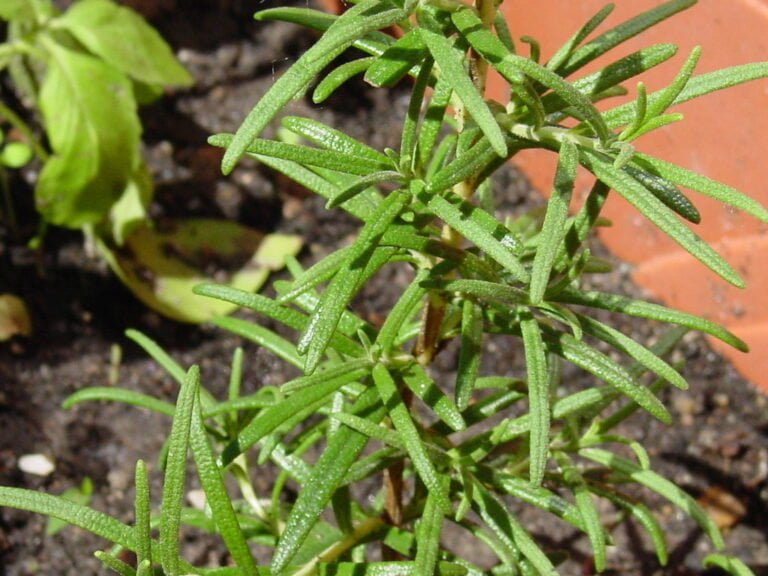Understanding the Basics of Rosemary Seed Cultivation
Looking to grow your own rosemary from seeds? With a little know-how, you can cultivate beautiful rosemary plants right in your own backyard. In this article, we'll guide you through the basics of rosemary seed cultivation. From choosing the right seeds to providing the perfect growing conditions, we'll help you every step of the way. Whether you're a seasoned gardener or just starting out, this practical guide will ensure your success in growing healthy and fragrant rosemary plants.
Choosing the Right Rosemary Seeds
To ensure successful rosemary seed cultivation, you should carefully select the right rosemary seeds for your garden. When choosing rosemary seeds, it is important to consider their quality and origin. Look for reputable seed suppliers or nurseries that specialize in herb seeds. Ensure that the seeds are fresh and viable by checking the expiration date or asking the supplier about the seed's germination rate. Opt for organic seeds whenever possible to avoid potential exposure to harmful chemicals. Additionally, consider the specific variety of rosemary that you want to grow. Different varieties have varying growth habits, flavors, and medicinal properties. Choose seeds that are well-suited to your climate and growing conditions. By selecting the right rosemary seeds, you are setting yourself up for a successful and abundant harvest.
Preparing the Soil for Seed Cultivation
Now that you have chosen the right rosemary seeds, it's time to prepare the soil for seed cultivation. Before planting, it's important to ensure that the soil is well-prepared and provides the optimal conditions for the seeds to germinate and grow into healthy plants. Start by selecting a well-draining soil that is rich in organic matter. This will promote good root development and prevent waterlogging, which can lead to root rot. Remove any weeds or debris from the area where you plan to plant the seeds. Loosen the soil using a garden fork or tiller, breaking up any clumps and creating a fine, crumbly texture. Adding compost or well-rotted manure will enrich the soil with essential nutrients. Finally, level the soil surface using a rake, creating a smooth bed for the seeds. With proper soil preparation, you'll give your rosemary seeds the best chance to thrive and flourish.
Sowing Rosemary Seeds Indoors
Once you have prepared the soil, it's time for you to sow the rosemary seeds indoors to kickstart their growth. Start by filling a seed tray or pot with a well-draining seed compost. Moisten the compost lightly with water, making sure it is not waterlogged. Next, sprinkle the rosemary seeds evenly over the surface of the compost, leaving a small gap between each seed. Lightly press the seeds into the compost with your fingertips. Cover the tray or pot with a clear plastic lid or plastic wrap to create a mini greenhouse effect. Place the tray or pot in a warm and bright location, but away from direct sunlight. Ensure that the compost remains moist by misting it regularly with water. In around 14-21 days, you should start to see the rosemary seeds germinate.
Transplanting Rosemary Seedlings Outdoors
First, prepare the outdoor planting site for transplanting your rosemary seedlings. Choose a location that receives at least six hours of direct sunlight each day and has well-draining soil. Clear the area of any weeds and debris, ensuring there is enough space for the seedlings to grow. Before transplanting, water the seedlings thoroughly to make it easier to remove them from their pots. Gently loosen the soil in the planting site, ensuring it is not compacted. Dig a hole that is slightly larger than the root ball of each seedling. Carefully remove the seedlings from their pots, being cautious not to damage the roots. Place each seedling in a hole and fill it with soil, gently pressing the soil around the base of the seedling. Water the seedlings again to help them settle into their new environment. Monitor their growth and provide regular water and fertilizer as needed.
Providing Adequate Sunlight for Growth
To ensure optimal growth for your rosemary seedlings, it is essential to provide them with adequate sunlight. Rosemary plants thrive in full sun, requiring at least six to eight hours of direct sunlight daily. Choose a sunny location in your garden or balcony where the seedlings can receive maximum exposure to sunlight. Ensure that there are no tall structures or trees casting shadows over the plants. If you are growing rosemary indoors, place the pots near a south-facing window or use artificial grow lights to provide the necessary light intensity. Remember to rotate the pots regularly to ensure that all sides of the seedlings receive equal sunlight. By providing your rosemary seedlings with ample sunlight, you are creating the ideal conditions for their growth and development.
Watering and Fertilizing Rosemary Seedlings
Water and fertilize your rosemary seedlings regularly to promote healthy growth and development. Watering should be done consistently, ensuring that the soil is moist but not waterlogged. It is important to water your seedlings deeply, allowing the water to penetrate the root zone. This encourages the roots to grow deeper into the soil, making the plants more resilient to drought. Avoid overwatering or allowing the soil to completely dry out, as this can cause stress and hinder growth. Fertilizing should begin once the seedlings have developed their first true leaves. Use a balanced, water-soluble fertilizer that is specifically formulated for herbs. Follow the instructions on the package for proper dilution and application. Fertilize every two to four weeks to provide the necessary nutrients for robust growth. Remember to read the labels carefully and avoid over-fertilizing, as this can lead to nutrient burn and damage the plants. Proper watering and fertilizing practices will ensure that your rosemary seedlings thrive and produce abundant foliage and flavorful leaves.
Pruning and Training Rosemary Plants
To ensure proper growth and shape, you need to regularly prune and train your rosemary plants. Pruning is an essential practice that helps to maintain the health and vigor of your plants. It involves removing dead or damaged branches, as well as trimming back excessive growth. Start by using sharp pruning shears to make clean cuts just above a leaf node or bud. This will encourage new growth and keep your rosemary plant compact and bushy. Training is another important aspect of rosemary care. It involves gently bending and securing the branches to promote a desired shape or form. You can use garden twine or plant ties to hold the branches in place. Regular pruning and training will not only enhance the appearance of your rosemary plants but also improve their overall productivity.
Dealing With Common Pests and Diseases
Are you wondering how to effectively address common pests and diseases that can affect your rosemary plants? Dealing with these issues is essential to ensure the health and vitality of your plants. One common pest that affects rosemary is the spider mite. These tiny pests can cause yellowing and wilting of the leaves. To combat them, regularly inspect your plants and use a strong stream of water to wash them off. Another common issue is powdery mildew, a fungal disease that appears as a white powdery coating on the leaves. To prevent this, ensure good air circulation around your plants and avoid overhead watering. If you do notice signs of powdery mildew, treat it with a fungicidal spray. By being proactive and addressing these common pests and diseases, you can ensure your rosemary plants thrive and produce healthy, flavorful leaves.
Harvesting Rosemary Leaves for Culinary Use
After addressing common pests and diseases, it is now time to learn how to harvest rosemary leaves for culinary use. Harvesting rosemary leaves is a simple process that can be done throughout the growing season. To ensure the best flavor and aroma, it is recommended to harvest rosemary leaves just before they start to bloom. Begin by selecting healthy, mature stems with vibrant green leaves. Using a pair of sharp pruning shears or scissors, snip off the stems close to where they connect to the main plant. Avoid cutting more than one-third of the plant at a time, as this can stress the rosemary. Once harvested, rinse the leaves in cold water and pat them dry before using them in your favorite culinary creations.
Saving Rosemary Seeds for Future Planting
Now that you have successfully harvested rosemary leaves for culinary use, it's time to explore the process of saving rosemary seeds for future planting. Saving rosemary seeds is a great way to ensure a continuous supply of this fragrant herb in your garden. To begin, allow the rosemary flowers to fully bloom and produce seed heads. These seed heads will turn brown and dry out once they are ready for harvesting. Carefully cut off the seed heads and place them in a paper bag. Gently shake the bag to release the seeds from the seed heads. Next, separate the seeds from any debris or chaff. Store the seeds in a cool, dry place in an airtight container. When you're ready to plant, simply sow the seeds in well-drained soil and keep them moist until germination occurs. By saving rosemary seeds, you can continue to enjoy the benefits of this versatile herb in your culinary adventures.
Conclusion
In conclusion, understanding the basics of rosemary seed cultivation is essential for successful growth and harvest. By choosing the right seeds, preparing the soil, sowing them indoors, transplanting seedlings outdoors, providing adequate sunlight, pruning and training the plants, dealing with pests and diseases, and harvesting the leaves for culinary use, you can enjoy the benefits of fresh rosemary in your cooking. Don't forget to save the seeds for future planting and continue the cycle of growth. Happy gardening!






